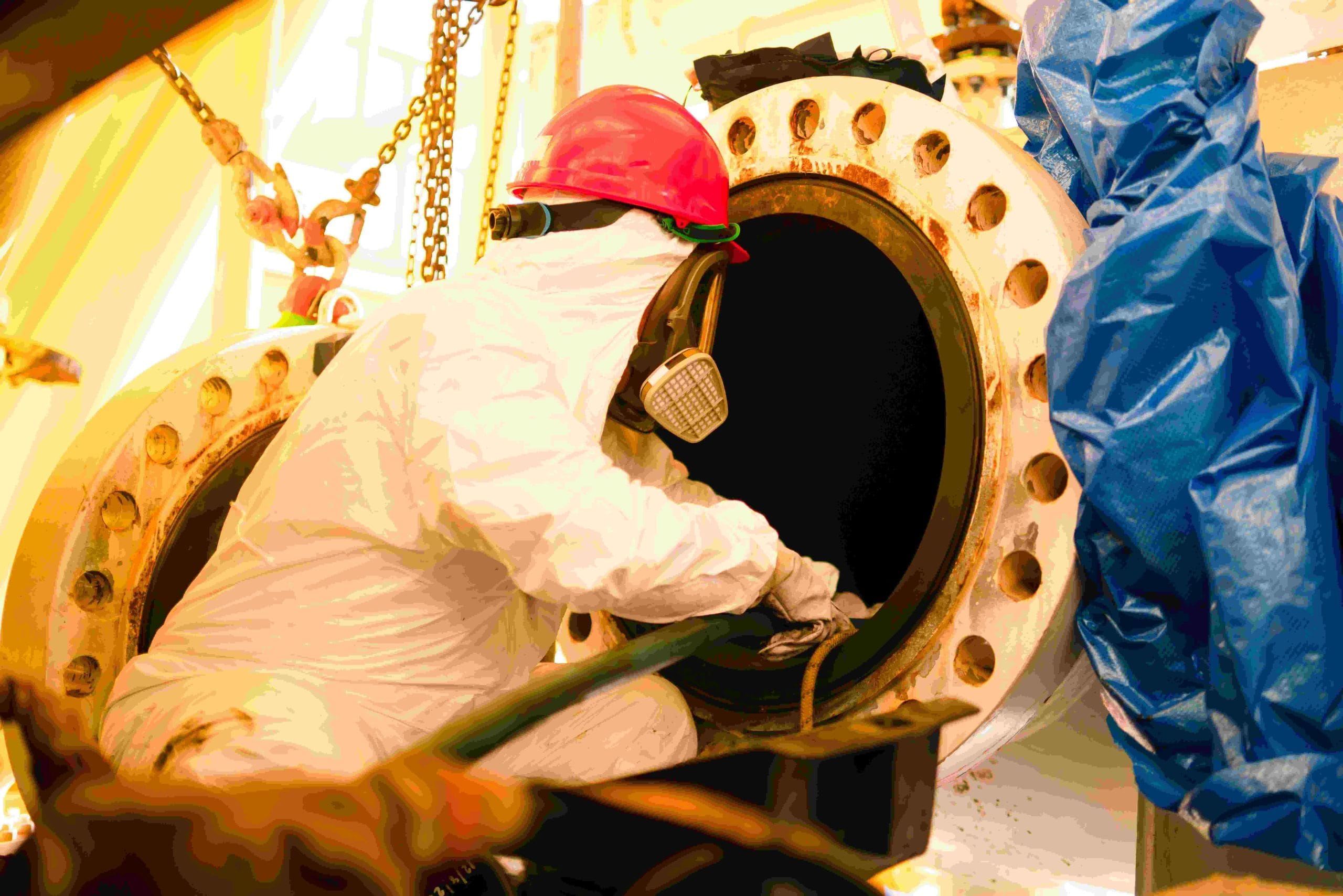
An ASME Training Course
ASME BPV Code Section VIII Division 3:
Alternative Rules for Construction of
High-Pressure Vessels
Calculation, Compliance, and Engineering Practices under ASME Division 3
Would an alternative date be more suitable?
We offer a variety of tailored training options, customized to meet your organisation's needs. Delivered anytime, anywhere, we make it easy to bring expert training directly to your team.
Why Choose this Training Course?
This training course provides participants with in-depth knowledge and practical skills to effectively interpret and apply the ASME Boiler & Pressure Vessel Code, Section VIII, Division 3 – Alternative Rules for Construction of High Pressure Vessels. Engineers, inspectors, and integrity professionals responsible for the evaluation, rerating, and maintenance of high-pressure vessels will gain essential insights into material selection, stress analysis, allowable pressure calculations, and fitness-for-service evaluations under ASME VIII-3.
This highly practical and calculation-focused training course on ASME BPV Code Section VIII Division 3: Alternative Rules for Construction of High-Pressure Vessels equips attendees with the tools needed to assess existing vessels, rerate equipment, ensure fabrication compliance, and prepare accurate documentation. Emphasizing the user’s perspective rather than initial design alone, this training course addresses real-world challenges such as cyclic service, crack evaluation, and testing procedures. With a strong foundation in design-by-analysis and fracture mechanics, attendees will leave confident in making engineering judgments aligned with code requirements.
This ASME BPV Code Section VIII Division 3: Alternative Rules for Construction of High-Pressure Vessels training course will highlight:
- Application of ASME VIII-3 for existing and new high-pressure vessels
- Design-by-analysis principles for elastic, plastic, and fracture evaluations
- Fitness-for-service and rerating procedures using Division 3
- Calculation of test pressure, PSV sizing, and allowable stresses
- Understanding fabrication, NDE, and overpressure protection requirements
What are the Goals?
At the end of this ASME BPV Code Section VIII Division 3: Alternative Rules for Construction of High-Pressure Vessels training course, you will learn to:
- Interpret ASME VIII-3 requirements for pressure vessels
- Apply wall thickness and stress calculations under Division 3
- Analyse vessel flaws using fracture mechanics
- Determine compliance for fabrication and NDE provisions
- Assess overpressure protection and testing procedures
Who is this Training Course for?
This PetroKnowledge ASME BPV Code Section VIII Division 3: Alternative Rules for Construction of High-Pressure Vessels training course is suitable to a wide range of professionals but will greatly benefit:
- Engineers and Professionals involved in pressure equipment design, analysis, inspection, maintenance, and operation of high-pressure systems across the oil & gas, energy, petrochemical, and industrial sectors.
- Mechanical Engineers working with pressure vessels
- Integrity and Inspection Engineers evaluating in-service equipment
- Pressure System Design Specialists and Consultants
- Maintenance and Reliability Professionals in high-pressure operations
- QA/QC Engineers involved in fabrication and compliance verification
How will this Training Course be Presented?
This training course will use a mix of instructor-led presentations, engineering case examples, practical calculation workshops, and technical discussions. Emphasis will be placed on problem-solving using real-life data, step-by-step procedures, and logic-based code navigation. Learners will receive calculation templates and a workbook to support continuous application at their workplace.
Organisational Impact
Your organization will benefit from employees who:
- Apply Division 3 logic to vessel rerating and evaluation
- Reduce risk of overdesign or underdesign in high-pressure systems
- Improve documentation and audit readiness for compliance
- Support fitness-for-service and life extension planning
- Ensure safer operations with better failure evaluation methods
- Optimize vessel maintenance and inspection strategies
Personal Impact
Participants will gain a strong understanding of:
- Practical ASME VIII-3 code applications
- Stress analysis and pressure boundary logic
- Fracture mechanics in pressure systems
- Inspection and testing criteria for high-pressure vessels
- Calculation of PSV setpoints and allowable pressures
- Critical engineering decision-making under the code
Daily Agenda
Day One: Code Foundation and Scope of Division 3
- Scope and purpose of ASME VIII-3
- Comparison with Divisions 1 and 2
- Terminology: MAWP, MDMT, Design Load
- Types of loadings: static, dynamic, cyclic
- Use cases: when Division 3 is required
- Overview of Code structure and user responsibilities
- Materials and allowable stress foundations
- Code navigation and classification of vessel case
Day Two: Pressure Calculations and Stress Evaluation
- Allowable stress values and design pressure logic
- Calculation of wall thickness for cylinders and heads
- Elastic and plastic limit methods
- Weld joint factors and WSRF application
- Stress classification: primary, secondary, and peak
- Stress evaluation using design-by-analysis
- Calculation of test pressures under VIII-3
- Cylinder and head wall thickness calculations
Day Three: Fracture Mechanics and Life Assessment
- Design-by-analysis for fracture prevention
- Use of Appendix I for flaw evaluation
- Linear elastic fracture mechanics (LEFM) principles
- Cyclic loading and crack growth concepts
- Life extension and fitness-for-service under Division 3
- Evaluation of notches and discontinuities
- Crack growth vs. plastic collapse: practical comparison
- FAD-based flaw assessment
Day Four: Fabrication, NDE and Overpressure Protection
- Fabrication requirements and weld joint design
- Post weld heat treatment and heavy wall considerations
- NDE methods: RT, UT, MT, PT and acceptance criteria
- Documentation and quality control
- Relief device requirements under VIII-3
- PSV sizing and selection for high-pressure vessels
- Calculation of MAWP vs. test vs. set pressure
- Review of NDE results and test calculations
Day Five: Application to Users – Rerating and Compliance
- Approach to rerating high-pressure vessels
- Code compliance for existing equipment
- Documentation and audit trail requirements
- Handling modifications and repairs under Division 3
- Failure investigation and learning from incidents
- Risk reduction and inspection planning
- Common errors and how to avoid them
- Final review and technical quiz
Certificate
- On successful completion of this Training Course / Online Training Course, a PetroKnowledge Certificate / E-Certificate will be awarded to the delegates.
